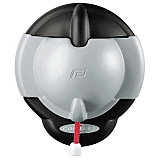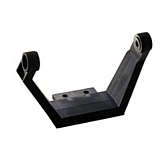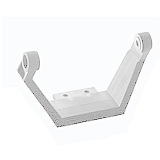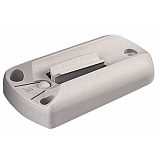Schnellkauf
Bitte geben Sie die Artikelnummer aus unserem Katalog ein.
Willkommen zurück!
Rezensionenmehr »

DRYPEARL Luftentfeuchter 500g
Hersteller

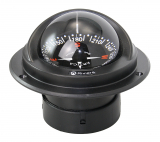
ARTICA BA1 Motorboot-und Seglerkompass
RIVIERA ARTICA BA2-3/4" - 70 mm Kompassrose in schwarz mit 5° Einteilung. Topablesung mit entspiegelter Glaskuppe. Mit 12 V LED Beleuchtung. Geeignet für Segelboote und Motorboote.
Lieferzeit:  3-5 Werktage
3-5 Werktage
 3-5 Werktage
3-5 Werktage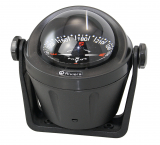
ARTICA BA2 Motorboot-und Seglerkompass
RIVIERA ARTICA BA2-3/4" - 70 mm Kompassrose in schwarz mit 5° Einteilung. Topablesung mit entspiegelter Glaskuppe. Mit 12 V LED Beleuchtung. Geeignet für Segelboote und Motorboote.
Lieferzeit:  3-5 Werktage
3-5 Werktage
 3-5 Werktage
3-5 Werktage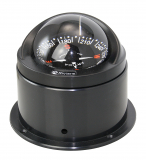
ARTICA BA3 Motorboot-und Seglerkompass
RIVIERA ARTICA BA2-3/4" - 70 mm Kompassrose in schwarz mit 5° Einteilung. Topablesung mit entspiegelter Glaskuppe. Mit 12 V LED Beleuchtung. Geeignet für Segelboote und Motorboote.
Lieferzeit:  3-5 Werktage-Begr Menge am Lager
3-5 Werktage-Begr Menge am Lager
 3-5 Werktage-Begr Menge am Lager
3-5 Werktage-Begr Menge am Lager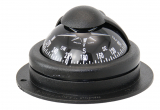
COMET BC1 Kompass in schwarz
RIVIERA COMET BC2" - 48 mm Kompassrose in schwarz mit 5° Einteilung. Frontablesung mit entspiegelter Glaskuppe. BC1 als flache Aufbauversion, BC2 mit Seitenhalter.Geeignet für kleine Motorboote, Schlauchboote und Jollen.
Lieferzeit:  3-5 Werktage
3-5 Werktage
 3-5 Werktage
3-5 WerktageTop
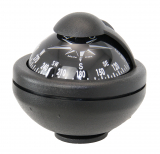
COMET BC2 Kompass in schwarz
RIVIERA COMET BC2" - 48 mm Kompassrose in schwarz mit 5° Einteilung. Frontablesung mit entspiegelter Glaskuppe. BC1 als flache Aufbauversion, BC2 mit Seitenhalter.Geeignet für kleine Motorboote, Schlauchboote und Jollen.
Lieferzeit:  3-5 Werktage
3-5 Werktage
 3-5 Werktage
3-5 Werktage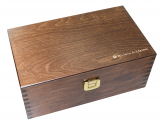
Kompasskiste
RIVIERA Kompass PRISMA BPS2-1/4" - 57,5 mm Kompassrose in weiß mit 1° Einteilung. Leichte Ablesbarkeit durch einstellbares Prisma. Beleuchtet (Batterien, 1,5V C "Baby", nicht im Lieferumfang enthalten). Mit Halteklammer.
Lieferzeit:  3-5 Werktage
3-5 Werktage
 3-5 Werktage
3-5 Werktage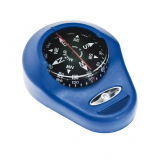
MIZAR Handkompass in blau
RIVIERA MIZAR1-7/8" - 47,6 mm Kompassrose in schwarz mit 10° Einteilung. Schwimmfähig und Stoßunempfindlich.
Lieferzeit:  3-5 Werktage
3-5 Werktage
 3-5 Werktage
3-5 Werktage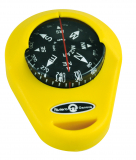
MIZAR Handkompass in gelb
RIVIERA MIZAR1-7/8" - 47,6 mm Kompassrose in schwarz mit 10° Einteilung. Schwimmfähig und Stoßunempfindlich.
Lieferzeit:  3-5 Werktage
3-5 Werktage
 3-5 Werktage
3-5 Werktage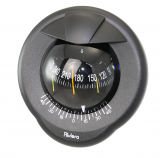
PEGASUS BP1 Seglerkompass+Schutzabdeckung
RIVIERA PEGASUS BP3" - 80 mm Kompassrose in schwarz mit 5° Einteilung. Frontablesung.Mit 12 V LED Beleuchtung. Mit integriertem Krängungsmesser. Schutzabdeckung im Lieferumfang enthalten. Geeignet für Segelboote.
Lieferzeit:  Momentan nicht lieferbar
Momentan nicht lieferbar
 Momentan nicht lieferbar
Momentan nicht lieferbar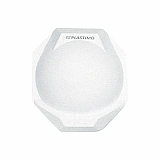
PLASTIMO ABDECKUNG FUER CONTEST 130
Ersatzschutzkappe für Kompass Contest 130
Lieferzeit:  Momentan nicht lieferbar
Momentan nicht lieferbar
 Momentan nicht lieferbar
Momentan nicht lieferbarPLASTIMO CONTEST 130 SCHWARZ MIT HALTERUNG
Gehäusefarbe: SCHWARZ
Kompassrose: ROT
Montageart: MIT HALTEBÜGEL
Lieferzeit:  Momentan nicht lieferbar
Momentan nicht lieferbar
 Momentan nicht lieferbar
Momentan nicht lieferbar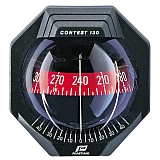
PLASTIMO CONTEST 130 SCHWARZ SCHOTMONTAGE Z/A
Gehäusefarbe: SCHWARZ
Kompassrose: ROT
Montageart: GERADES SCHOTT
Kompassrose: ROT
Montageart: GERADES SCHOTT
Lieferzeit:  Momentan nicht lieferbar
Momentan nicht lieferbar
 Momentan nicht lieferbar
Momentan nicht lieferbarPLASTIMO CONTEST 130 SCHWARZ, 15 GRAD Z/A
Gehäusefarbe: SCHWARZ
Kompassrose: ROT
Montageart: GENEIGTES SCHOTT 10-25°
Kompassrose: ROT
Montageart: GENEIGTES SCHOTT 10-25°
Lieferzeit:  Momentan nicht lieferbar
Momentan nicht lieferbar
 Momentan nicht lieferbar
Momentan nicht lieferbar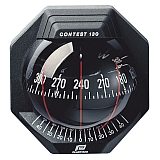
PLASTIMO CONTEST 130 SCHWARZ,R-SCHW.15D,ZA
Gehäusefarbe: SCHWARZ
Kompassrose: SCHWARZ
Montageart: GENEIGTES SCHOTT 10-25°
Kompassrose: SCHWARZ
Montageart: GENEIGTES SCHOTT 10-25°
Lieferzeit:  Momentan nicht lieferbar
Momentan nicht lieferbar
 Momentan nicht lieferbar
Momentan nicht lieferbar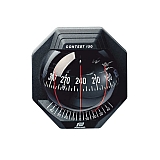
PLASTIMO CONTEST 130 SCHWARZ,R-SCHWARZ, Z/A
Gehäusefarbe: SCHWARZ
Kompassrose: SCHWARZ
Montageart: SCHOTTMONTAGE
Lieferzeit:  Momentan nicht lieferbar
Momentan nicht lieferbar
 Momentan nicht lieferbar
Momentan nicht lieferbar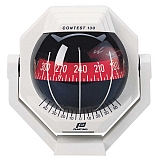
PLASTIMO CONTEST 130 WEISS MIT HALTERUNG
Gehäusefarbe: WEISS
Kompassrose: ROT
Montageart: MIT HALTERUNG
Kompassrose: ROT
Montageart: MIT HALTERUNG
Lieferzeit:  Momentan nicht lieferbar
Momentan nicht lieferbar
 Momentan nicht lieferbar
Momentan nicht lieferbarPLASTIMO CONTEST 130 WEISS SCHOTMONTAGE Z/A
Gehäusefarbe: WEISS
Kompassrose: ROT
Montageart: GERADES SCHOTT
Lieferzeit:  Momentan nicht lieferbar
Momentan nicht lieferbar
 Momentan nicht lieferbar
Momentan nicht lieferbar

